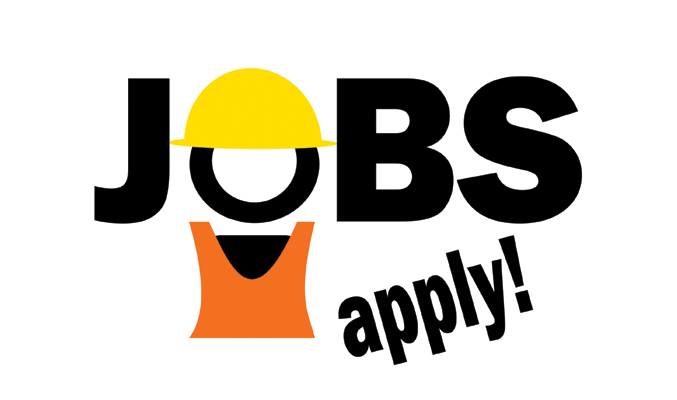By Dolly Penland
It’s not your imagination. It IS exceedingly difficult to hire great people. And for some roles, it seems like no one even wants to apply. Despite the fact that hiring is hard, there are things you can do to get candidates excited about working for your organization.
Today’s workers are different in some ways than the workers of twenty or thirty years ago. The US Bureau of Labor Statistics data shows that the current labor force participation rate for workers ages 25 to 54, is holding above 82%, a bit shy of the record setting 84%+ that we saw back in the 1990s. The unemployment rate remains well below 4%. Millennials make up the largest portion of the workforce. Gen Z is also entering the labor market.
Employers must understand the changing generational dynamics in the workforce. Start by looking at your company’s branding and website. The candidate experience should be easy with little-to-no hurdles.
“I just finished [redesigning] our new website to attract potential candidates and not necessarily to market trusses,” said Marion Nielson, Executive Assistant at The Truss Company. “We are trying to attract younger people. They are super website savvy. Candidates want to see an awesome site that is really appealing and easy to navigate. They are more likely to apply to the company that has a site that is really good, that’s well designed and mobile-friendly. We have it linked to our Indeed [job application page] for all locations and positions.”
Companies should also check their social media presences to ensure they have good information to share with potential talent about their company. Review and keep current your Facebook, Instagram, LinkedIn, and Glassdoor, where you can also post job opportunities for your employees to share with their networks.
Consider partnering with your local Career and Technical Education (CTE) programs too, which are typically offered by public schools, community colleges, or vocational schools in order to tap that burgeoning youth talent pool.
The Truss Company is fostering relationships with these programs to showcase different career options for students interested in different trades, especially knowing that college isn’t necessarily for everyone. Building young talent early in these skilled trade areas is a key to building that application pipeline when they enter the workforce.
“I joined the advisory committee for the local high school,” said Josh Wright, Vice President of Manufacturing at The Truss Company. “We want to try to help them. Their focus wasn’t on framing or CAD because they offer many different programs for the kids to sign up. But we want to be a part of that.”
Younger workers want to know what their future opportunities are, and see that they have a career path with opportunities to continuously develop different skills. As such, businesses should ensure candidates know how they can grow in their career.
“We have had good luck hiring kids right out of high school, and for summer jobs,” said Wright. At one time, “we had the entire wrestling team working for us all summer long. That was kind of fun. A couple of them came back and one is now working to be a salesperson as well.”
Plant tours and youth hiring initiatives are also valuable. “We have found that on the tours, to attract kids, they want to see people working on the floor, and see it’s automated,” said Wright. “They get to see how the equipment moves around. That it is safe. You can push a button and you have things moving. You are more of a CNC [Computer Numerical Control] operator than a sawyer pulling a saw. It’s a clean work space with more automation which is helpful when attracting younger workers. They want to come and work [with high-end equipment]. No one wants to get dirty anymore. The other benefit is for the older workforce [who see] the value because it’s an easier working environment physically. We have invested a lot of money. Our new facilities are pretty automated. Most importantly we’re not getting rid of people. We are able to adjust and build capacity.”
Well-crafted job ads can help attract the best candidates who are more likely to be successful. It’s important to have an objective job model to define ideal qualities beyond the basic skills. This helps companies identify the behaviors and drives critical to on-the-job success to accompany the list of tasks and skills in your job description.
Finally, companies need to interview beyond the resume and delve into the candidate’s fit for the behaviors, learning abilities, competencies, values, and culture. Make sure your managers and leaders are properly trained to interview for how people will fit, not just in the job, but on the team, and in your culture. RB
Dolly Penland, President & CEO of Business Results, a PI® Premiere Certified Partner and Master Training Center, Talent Optimization consultancy, and a CATIL® Elite Certified Partner, works with organizations helping them to hire and manage their talent to their highest potential. She specializes in multiple areas including helping businesses grow sales, reduce turnover, and develop leaders.



















